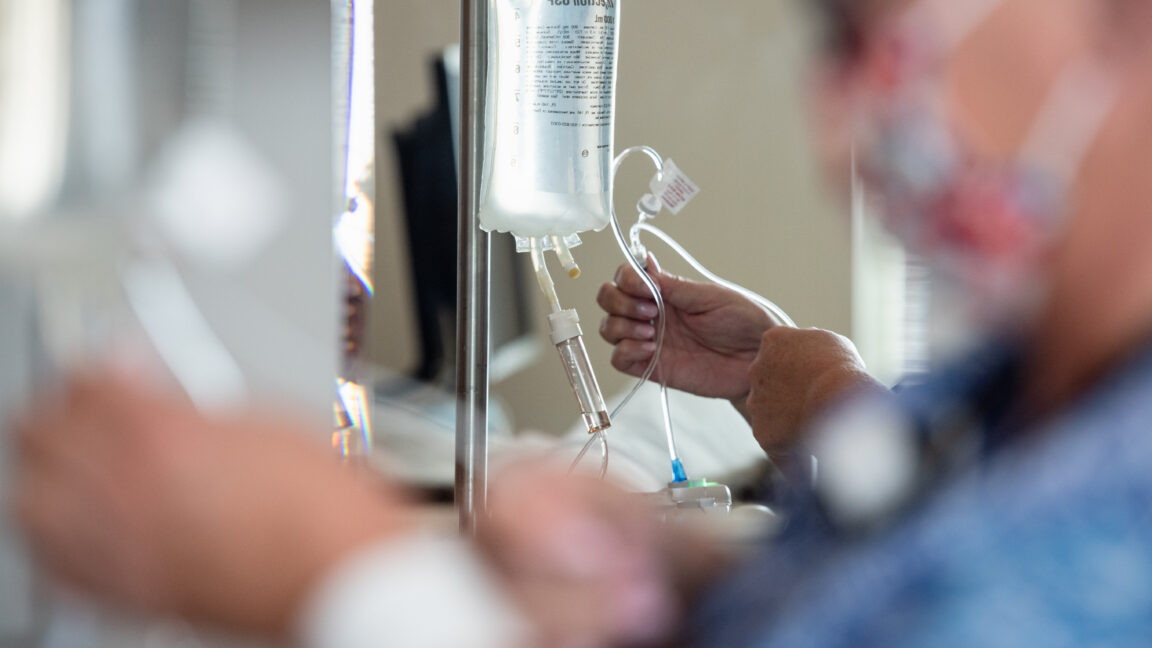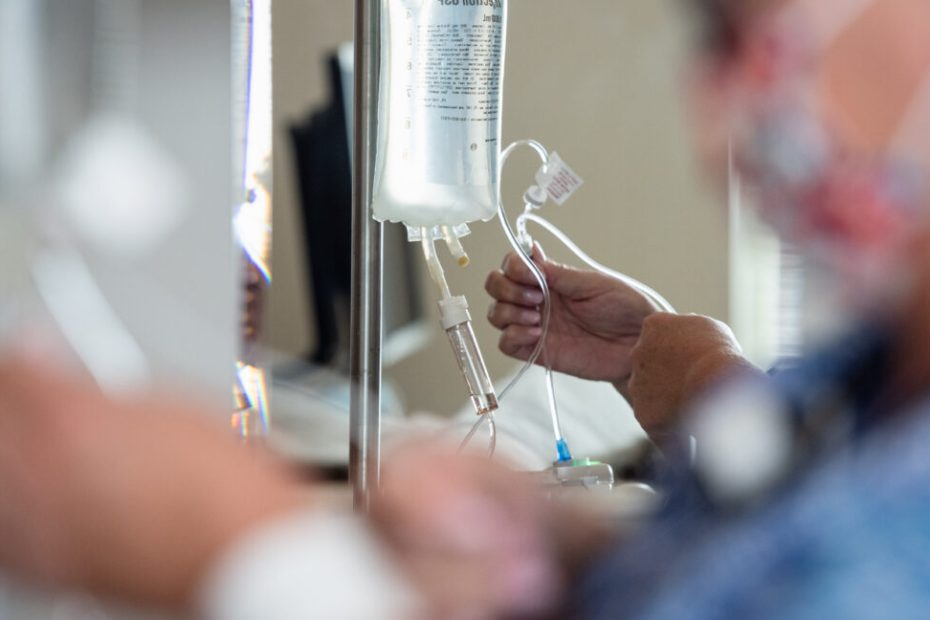
The plant in western North Carolina, which produces 60 percent of the nation's intravenous fluid supply, has restarted its highest-production production line after it was ravaged by flooding caused by Hurricane Helene last month.
While it's an encouraging sign of recovery as hospitals across the country face fluid shortages, supplies are still likely to remain tight in the coming weeks.
IV fluids maker Baxter Inc, which runs the Helene-flooded Marion plant, said Thursday that the restarted production line could produce 25 percent of the plant's total output at peak and about 50 percent of IV solutions production from one litre. the product most used by hospitals and clinics.
“The recovery progress at our North Cove location continues to be very encouraging,” said José Almeida, CEO and president of Baxter. “Within a few weeks, our team has gone from the depths of Hurricane Helene's impact to restarting our highest throughput production line. This is a crucial milestone, but more work remains to be done as we work to return the plant to full production.”
Overall, Baxter said it is ahead of the previously planned timeline to get the massive plant back up and running. The company previously said it aimed to produce 90 to 100 percent of some products by the end of the year. Still, the first batches now in production are not expected to ship until late November at the earliest.
One of the many challenges in rehabilitating the facility was the lack of access to the site; Helene had damaged an access bridge. In its latest announcement, Baxter said a temporary bridge – built with support from the North Carolina Department of Transportation and the federal Administration of Strategic Preparedness and Response (ASPR) – has enabled the transportation of more than 885 truckloads of existing inventory from the plant made. since Helene. A second temporary bridge, expected to be completed in early November, will allow further traffic and equipment access to the site.

